2007 | Generation
'What Happens Here Belongs to Us.'
In its 30th year, the Berlinale section for children and youth films will come with a new name: Generation. The aim and passion of the programme remain unchanged, nevertheless one thing can already be predicted: Never before was such an abundance of films entered for this section - resulting in a programme with an unheard of variety in genres and topics. An interview with Thomas Hailer, Maryanne Redpath and Florian Weghorn about the Generation programme 2007 and the challenge for adults to select films for kids and teenagers. It is wrong, they say, to address this audience merely as "the filmgoers of the future". Generation is for the filmgoers of today.

Man in the Chair by Michael Schroeder
At the Berlinale 2007, the section of films for children and youths will be renamed Generation. You are currently in the process of selecting the films. How has the industry reacted to the new name? Has anything changed?
Thomas Hailer: First of all, this year, significantly more films were submitted and we suspect it has something to do with the name. With Kinderfilmfest/14plus many thought, as they were registering their films: “I don’t belong there,” although their films might have fit very well to the section. We also noticed during our research and travels, that scepticism about our specific target audiences had subsided. We nonetheless still have to talk to people and explain our 'broader understanding' of films for children and young people. But that has become easier through the new name Generation. Suddenly producers consider young audiences exciting.
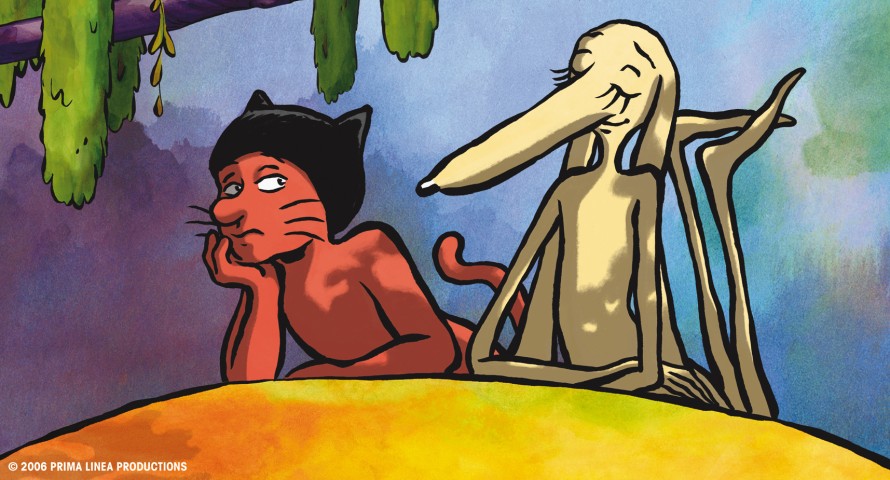
U by Grégoire Solotareff und Serge Elissalde
Keeping a sharp focus
Do you just have a greater number of films, quantitatively speaking, or has the selection that you can draw on also improved in terms of quality?
Florian Weghorn: The large number of films definitely forces us to keep a sharp focus, because at the same time, the spectrum of films has become wider. A film like Trigger, which has already been selected, enriches our programme with a very classical element: It’s a well-made horse film, a genre which will continue to have its place and find an audience with us. Also U, a French animation film, is a nicely made children’s film in the best sense. But we watched many other films which weren’t made specifically with a young audience in mind, but that fit into our broader understanding. By including them in the programme, we redefine these films for our target audiences.
Maryanne Redpath: What’s also noticeable is that we have received a lot of cross-generational films this year, films that explicitly deal with relations between young and old people and their respective realities. That too could be an effect of the name, because apparently several people first read Generation as the theme of the section. A perfect example is the American entry Man in the Chair: A youth meets an old Hollywood veteran and gains access to what is for him a totally alien dimension: the life of old people. As a young person, he is confronted with the question of how one grows old in our society.
Renaming the section was also a risk. Did you expect such a positive response?
TH: It didn’t surprise me at all. The fact that the selection of films is growing fits with what we’ve been trying to communicate for years: The section doesn’t have an artificial ceiling and there are very few themes which aren’t suitable for a young audience per se. And we don’t show films just for children or just for youths. This broader understanding includes being able to present a film in 14plus starring a child actress but made in such a way that it’s more suitable for a youth audience.
MR: During this year’s selection process, we watched an unbelievable number of violent and harsh youth films: sex, drugs, suicide, murder. That became too much for me, I have to admit. We have to consider very carefully what we want to show to our audience. On the one hand there are people, including young people, who say, “It’s good that such films get made, because that’s the truth, that’s our reality and we have to come to terms with it.” On the other hand there are those who say, “Don’t show young people such drastic things, they’re going to go out and start shooting at one another.” We have to position ourselves somewhere within this range. This is a very important and interesting debate.
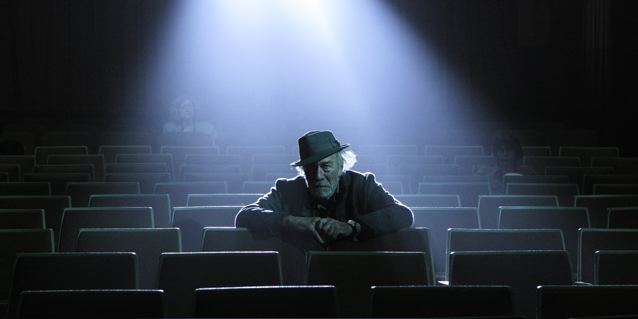
Man in the Chair by Michael Schroeder
t’s probably more fruitful to base your discussion about your section’s focus with producers and filmmakers on the narrative perspective and the theme, than just talk about the target audience.
FW: We’re part of a large industry event for professionals, comprised of both market and cinema. At the festival we have the opportunity to communicate to them our way of seeing in terms of both target audience and by letting the films speak for themselves. For us it’s primarily about extraordinary films that are watched by large young audiences, because the stories or the way they are told are interesting for them. Our open approach makes the producers more relaxed, because they realise they won’t get stuck with the label “child’s film” or “youth film” with us, but that their film will win over an attractive target audience, which they hadn’t yet considered.
No limits in terms of genre
There is still a common misconception that cinema for children and young people is a genre in itself which is defined by the age of the target audience. The Generation 2007 programme offers diversity in terms of genre: drama, comedy, musical, animation, a horse film…Is there anything that you don’t offer?
FW: In fact this year we’ve had the opportunity to really show that there are no limits in terms of genre for children and young people. There’s singing, there’s excitement, and there are some truly hilarious films. From fairytales to bitingly precise studies of a particular milieu, the diversity is huge. There’s even a ghost film from Thailand in the programme, a veritable thriller. And that’s in Kplus.
What distinguishes a thriller for 12-year-olds?
MR: For me it’s important that a good ghost film for children avoids kitsch on the one hand and on the other hand doesn’t slip into the psychopathic. We want films to take their genre seriously and Dek Hor (Dorm) does just that. It doesn’t try to shock, but it also doesn’t belittle its own potential for fear.
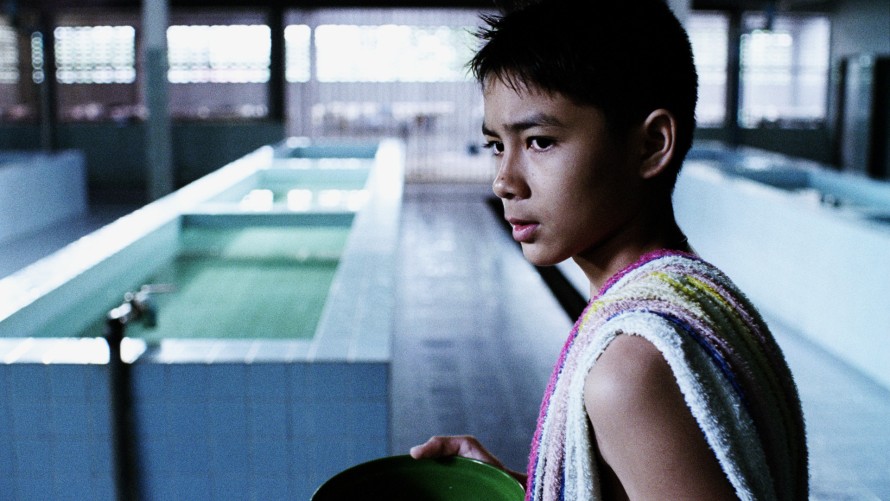
Dek Hor by Songyos Sugmakanan
TH: Dek Hor tells an exciting ghost story, but on another level it’s the story of a friendship between two lonely boys. One of them is a new arrival in a boarding school where he’s an outsider and the other is the ghost of a boy who died in an accident at this school. And so the film also deals with life secrets. It says: Your life sometimes contains things that don’t make sense, that might scare you, but there are ways out. The level of the friendship revolves around questions very similar to those found in other friendship stories in which there are no ghosts: How do I find friends in a new situation? How do I deal with loneliness? Dek Hor is sure to ignite plenty of discussion – perfect for Kplus.
MR: Dek Hor is a ghost film which is truly exciting for children and adults alike. The film doesn’t provide any false comfort. The ghost doesn’t, for example, start acting silly in the middle of the film. Many films fall into this apparently childish pattern as soon as they address frightening themes. Such films are actually afraid of their audience – afraid of actually frightening children.
Compared to the somewhat unwieldy old name “Kinderfilmfest/14plus”, “Generation” carries a sense of connection. What could you say connects members of this generation, after watching this year’s films?
TH: This year there is a noticeably large number of films in the 14plus range in which the protagonist has to deal with a difficult life situation but at the same time counters it with something creative such as dance. The Indian film Vanaja is about a girl who grows up in a strict caste system. She gets pregnant against her will and dance becomes for her the elixir of life. When you think of Indian cinema, you might immediately think of Bollywood folklore, but in this film dance becomes more and more crucial. For the girl it becomes a battle for her honour, a path back into life.
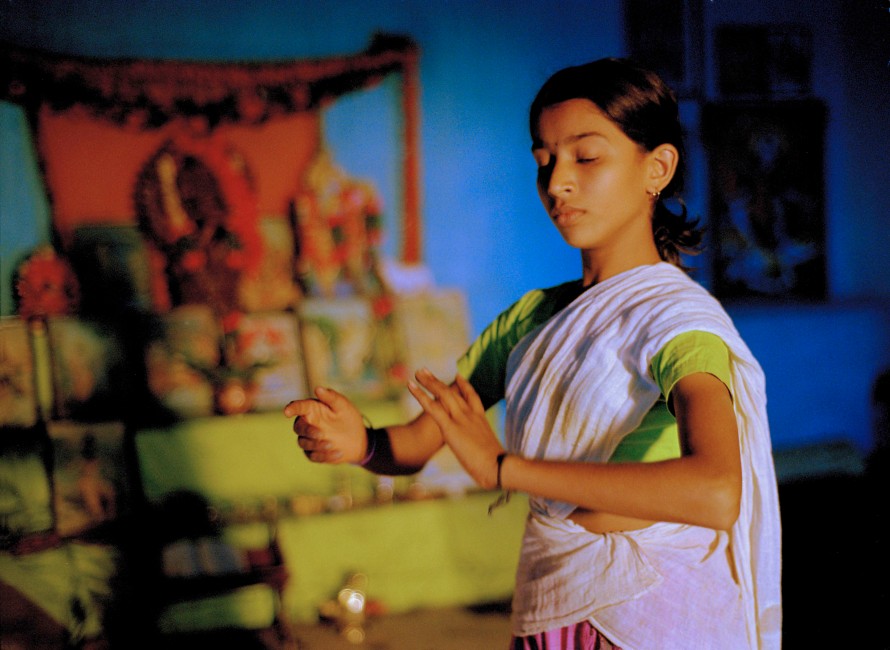
Vanaja by Rajnesh Domalpalli
Do you have the feeling that you are getting to know your target audience better and better through these films? Or is there always a gnawing uncertainty about whether as adults you can really understand what moves children and young people today?
FW: Every year we learn something thru the films that we watch. But the films are not a one-to-one depiction of life. Similarly, we don’t have to find out in detail what’s really going on in German families or schools before we include a film dealing with these topics in our programme. A feature film isn’t a documentary. As real as it might appear, its strength lies in how it stimulates the imagination.
“Give this film to us and see what’s going to happen in the Zoo-Palast.”
TH: The selection committee is made up of four adults from very different personal backgrounds and takes a self-confident and at the same time critical approach to the films. Last year, in the case of Droemmen, we had a strong intuition that it was a great film for us. But we had to fight to get it. We said: “Give it to us and wait and see what’s going to happen in the Zoo-Palast.” We bet on what would happen, and were right: When the teacher in the film says to the pupils, “I have some sad news, our headmaster has died,” 150 children cheer on screen – and then 1,000 children cheer in the Zoo-Palast. Some adults find that a bit jarring but the film deals with it competently. It’s our job to sense things like that beforehand and then trust in the decision of our committee.
You apparently don’t feel it’s necessary to create a consensual programme.
TH: No, we don’t have to. We’re adults who put together a programme for children and young people. We don’t pretend to be children ourselves. But afterwards we read the questionnaires and see where we were right or wrong.
FW: Children find it good that adults create a programme for them that they feel takes them seriously, that trusts them and that encourages them to take a critical stance. I believe that is more respectful of children than if adults try to stoop to the level of children.
German cinemas recently reported an increase in box office sales in 2006. At the top of the charts you regularly find so-called “films for the entire family”. You stress that for you “films for children and young people” aren’t automatically the same as “family entertainment”. How important is it that parents go to the cinema with their children? After all, the cinema is a place of retreat, an intimate place, where you can discover your own secrets. Isn’t too much dialogue between the generations spoiling this potential?
TH: There are a couple of classical models of how our audience is structured. First families, then school classes that come with their teachers but also older children and teens who decide autonomously that they’re going to the Berlinale and what they’re going to see there. We like all three constellations. Through a pilot project with schools we hear about how our films can initiate a dialogue in the classroom. But we also see how great it is for families to go to the Berlinale on Sunday together.
MR: One shouldn’t forget that family, beyond the traditional idea, can also mean a flatmate, an aunt, the best friend of the brother. There are many older people with whom the young ones can go to the cinema.
FW: Of course it’s important to differentiate between a shared cinema experience and a didactical approach that assumes that children can only understand films if they are accompanied by an adult. The latter goes against our approach, because what we offer is aimed directly at the younger viewer. The website of the Young Journalists (Junge Journalisten) stands for the same thing – a true platform for exchanging opinions on the Internet. Our filmgoers know: “What happens at Generation belongs to us.”
TH: A filmgoer once told me that her godson went to the Berlinale for the first time at age six. It was his first time in the cinema. The boy went home deeply affected by the festival, by the film, and by the fact that the lead actor was standing on the stage afterwards. When his mother asked him how it was, he said: “It’s a secret, I don’t want to talk about it.” For the boy it was important that it had been his experience and remained his experience.
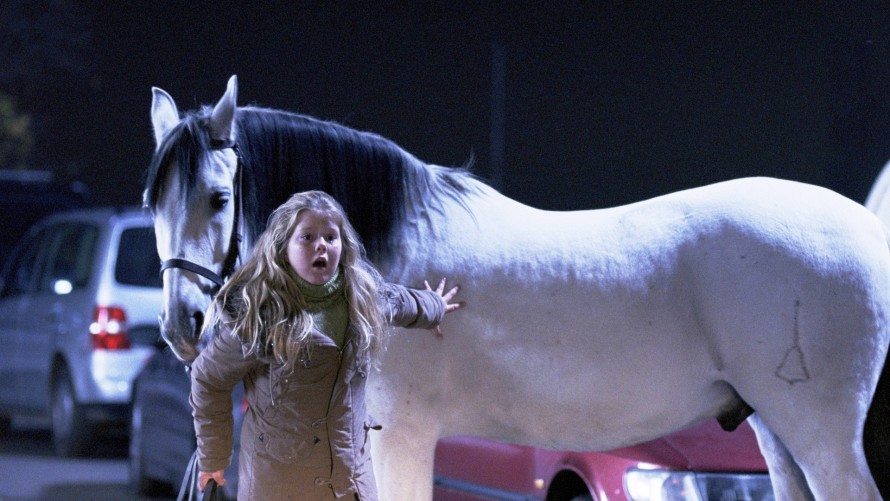
Trigger by Gunnar Vikene
The beginnings: Children demanding a programme of their own
The section is turning 30. There’s an anecdote about the founding of the section: A group of children visited Wolf Donner, festival director at the time, and successfully lobbied for a separate children’s programme.
MR: First Wolf Donner replied: “But how are we supposed to do that? Most of the films aren’t even in German.” And the children said by themselves that the translation could just be spoken over the film…
TH: I recently read about that again. In front of the TV cameras, the children made Wolf Donner promise: “I swear that next year I will… oops!” – and then there was no way out of it.
Does the section still live from that spirit of being propelled by its audience?
TH: Oh yes, and how! Just try to get rid of the section. People would be up in arms.
MR: Sometimes it’s said: “Generation is important because these are the filmgoers of tomorrow.” To which we reply: “Wrong, for us, these are the filmgoers of today.”